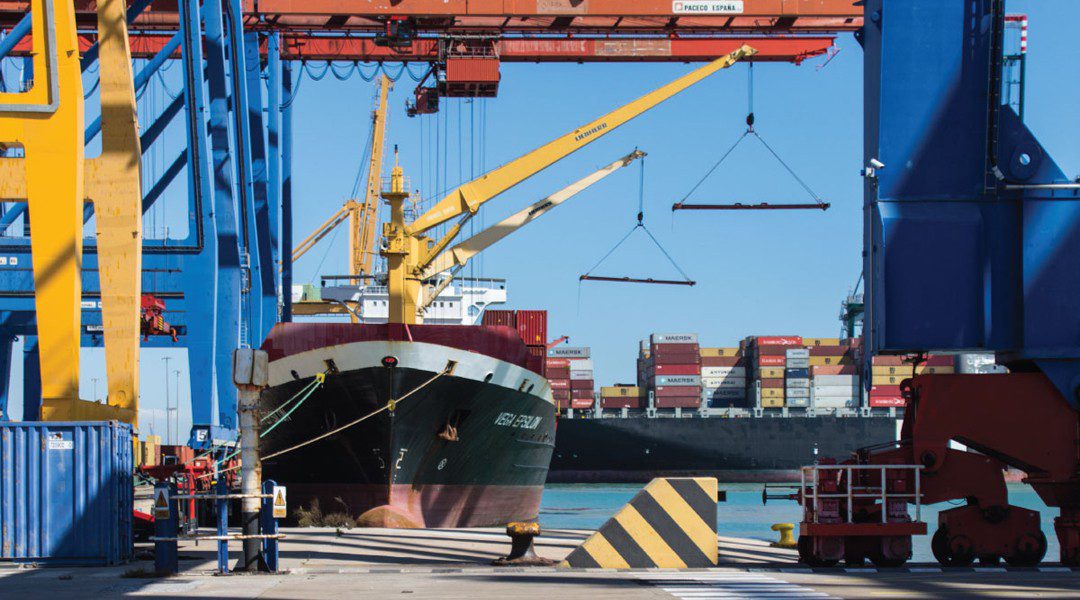A consortium led by the Global Centre for Maritime Decarbonisation (GCMD) has committed to contribute $18m for a drop-in biofuels pilot project.
The consortium includes 18 industry partners, who will work together to establish an assurance framework to maintain the supply chain integrity of current and future green marine fuels.
Shipowners, cargo owners and charterers intend to use more green fuels to achieve the 2030 and 2050 decarbonisation goals from the International Maritime Organisation (IMO).
Together, the operators, charterers and shipowners involved in the pilot project operate around 2,300 vessels across the container, tanker and bulker segments. These vessels ship around 8.4 million TEUs, or 80.6 million DWT, across the globe.
Initially, the project will include the bunkering of 12 vessels at three ports across three continents.
The pilot project will use fuels blends that include existing biofuels, for example, hydrotreated vegetable oil (HVO) or fatty acid methyl esters (FAME) combined in blends of up to 30% biofuels (B30) with either high-sulphur fuel oil (HSFO), very low sulphur fuel oil (VLSFO) or marine gas oil (MGO).
The vessels participating in the pilot project will be fitted with MAN ES’s two-stroke engines.
Findings from the route-based pilots will help create a green corridors framework, which was proposed by the Clydebank Declaration at COP26 last October. The declaration had 24 states sign, including Singapore, the Netherlands and the US.
The pilot will use BunkerTrace’s digital and synthetic DNA tracing products to track marine fuels from production to vessel propulsion.
It will validate the legitimacy of sustainable biofuels through molecular verification tests carried out on fuel samples, which will be collected at multiple identified points along the supply chain.
GCMD CEO Professor Lynn Loo said: “By facilitating and creating an optimised drop-in green fuels supply chain, this pilot will help to shape national and international standards of biofuels bunkering and lower the barrier for their wider adoption to reduce greenhouse gas (GHG) emissions from a lifecycle perspective.”






